
Miyajima Island: A Timeless Treasure in Hiroshima
Discover Miyajima Island in Hiroshima – a captivating blend of spiritual heritage, breathtaking scenery, and idyllic wildlife, offering an immersive journey into Japan's timeless allure.
Miyajima Island, also known as Itsukushima, is a serene island located in Hiroshima Bay. It is most famous for its iconic torii gate, which appears to float on water during high tide, creating a mesmerizing and otherworldly sight. The island is a UNESCO World Heritage Site and is considered one of Japan's most scenic spots. Miyajima Island is home to the Itsukushima Shrine, a Shinto shrine that dates back to the 12th century. Visitors can walk along the wooden boardwalks of the shrine, which extend over the bay and offer stunning views of the surrounding waters. The island is also dotted with ancient temples, pagodas, and historical sites that provide a glimpse into Japan's rich cultural heritage. Nature enthusiasts will find plenty to explore on Miyajima Island. The lush forests, hiking trails, and sacred Mount Misen offer opportunities for adventure and relaxation. Friendly deer roam freely on the island, adding to its magical charm. Whether you're seeking spiritual solace, historical insights, or natural beauty, Miyajima Island promises an unforgettable experience.
Local tips in Miyajima Island
- Visit during high tide to see the torii gate appear to float on water.
- Take the ropeway to Mount Misen for panoramic views of the island and Hiroshima Bay.
- Try the local delicacy, momiji manju, a maple leaf-shaped sweet filled with red bean paste.
- Stay overnight on the island to experience its tranquility after the day-trippers leave.
- Respect the local wildlife, especially the deer, and avoid feeding them.
Miyajima Island: A Timeless Treasure in Hiroshima
Miyajima Island, also known as Itsukushima, is a serene island located in Hiroshima Bay. It is most famous for its iconic torii gate, which appears to float on water during high tide, creating a mesmerizing and otherworldly sight. The island is a UNESCO World Heritage Site and is considered one of Japan's most scenic spots. Miyajima Island is home to the Itsukushima Shrine, a Shinto shrine that dates back to the 12th century. Visitors can walk along the wooden boardwalks of the shrine, which extend over the bay and offer stunning views of the surrounding waters. The island is also dotted with ancient temples, pagodas, and historical sites that provide a glimpse into Japan's rich cultural heritage. Nature enthusiasts will find plenty to explore on Miyajima Island. The lush forests, hiking trails, and sacred Mount Misen offer opportunities for adventure and relaxation. Friendly deer roam freely on the island, adding to its magical charm. Whether you're seeking spiritual solace, historical insights, or natural beauty, Miyajima Island promises an unforgettable experience.
Iconic landmarks you can’t miss
Itsukushima Jinja
Explore the enchanting beauty of Itsukushima Jinja, Japan's iconic floating shrine, nestled on the sacred Miyajima Island.
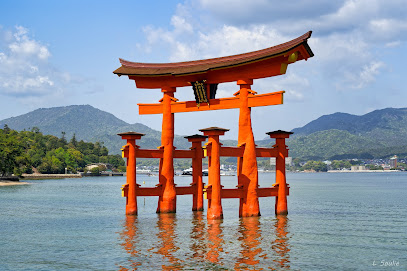
Itsukushima Shrine
Explore the breathtaking Itsukushima Shrine, a UNESCO World Heritage site renowned for its floating torii gate and rich cultural heritage.
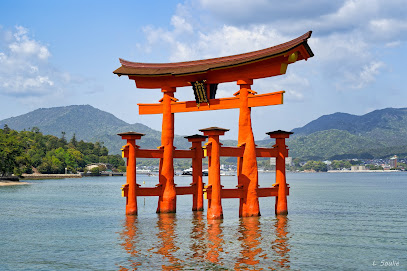
Miyajima Public Aquarium
Explore the mesmerizing Miyajima Public Aquarium, where marine life and conservation come together in a breathtaking setting on Miyajima Island.

Daishoin
Discover the tranquil beauty and rich history of Daishoin Temple, a serene Buddhist sanctuary on the captivating island of Miyajima.
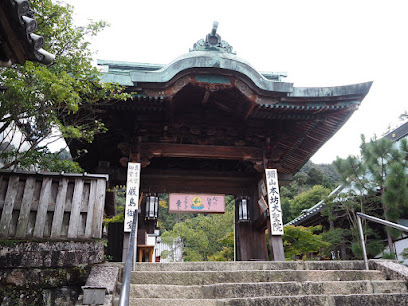
Mount Misen Observatory
Discover the breathtaking vistas of the Seto Inland Sea from the Mount Misen Observatory on Miyajima Island, a true gem of Hiroshima Prefecture.

Hokokujinja Senjokaku Pavilion
Discover the serene beauty of Hokokujinja Senjokaku Pavilion, a tranquil Shinto shrine on Miyajima Island, perfect for spiritual reflection and cultural exploration.
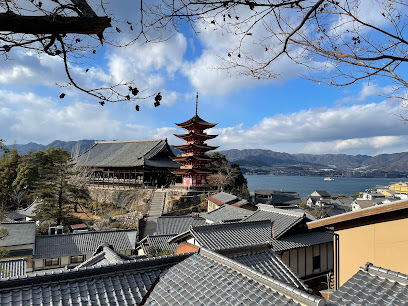
Shishiiwa Observatory
Explore Shishiiwa Observatory for breathtaking panoramic views of Miyajima Island and the Seto Inland Sea, a must-see destination for all travelers.
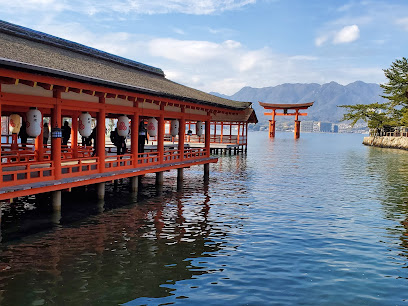
Itsukushima Shrine Five-Story Pagoda
Explore the stunning Itsukushima Shrine Five-Story Pagoda on Miyajima Island, a UNESCO World Heritage site showcasing Japan's cultural and architectural heritage.
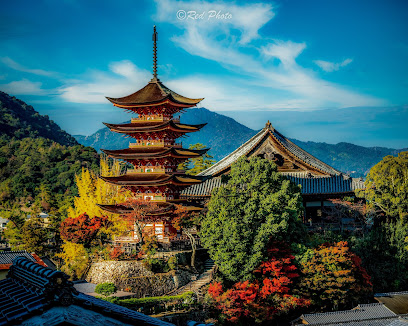
okeiko Japan Miyajima
Discover the essence of Japanese culture at Okeiko Japan Miyajima, where tea ceremonies and traditional crafts await on beautiful Miyajima Island.
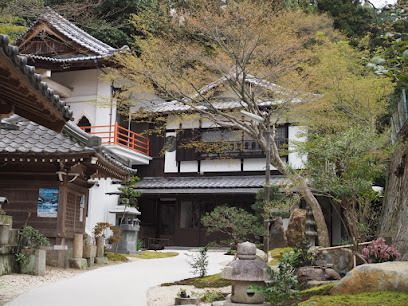
Miyajima History and Folklore Museum
Explore the rich history and folklore of Miyajima at the dedicated museum showcasing local culture and traditions, perfect for any history enthusiast.
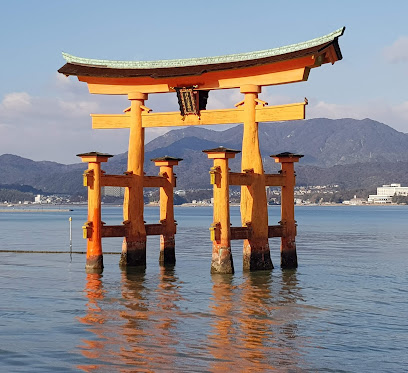
Unmissable attractions to see
Itsukushima Jinja
Discover the breathtaking beauty and rich heritage of Itsukushima Jinja, a floating Shinto shrine on picturesque Miyajima Island.
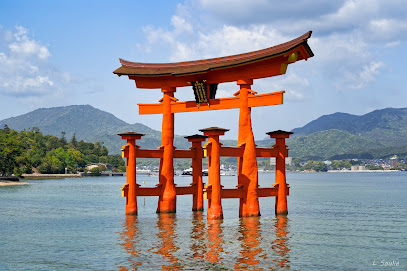
Itsukushima Shrine
Explore the mesmerizing Itsukushima Shrine, a floating gateway to Japan's spiritual heritage, nestled amidst stunning landscapes on Miyajima Island.
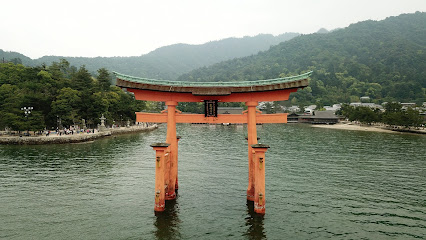
Miyajima Public Aquarium
Explore the vibrant marine life at Miyajima Public Aquarium, a premier destination for nature enthusiasts and families alike in beautiful Hiroshima.
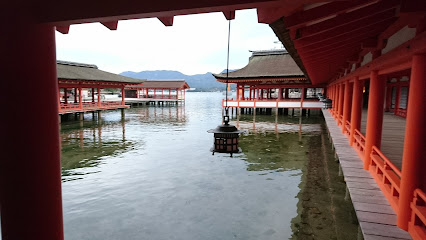
Daishoin
Discover the serene beauty and spiritual depth of Daishoin Temple on Miyajima Island, a must-visit Buddhist temple for every traveler.
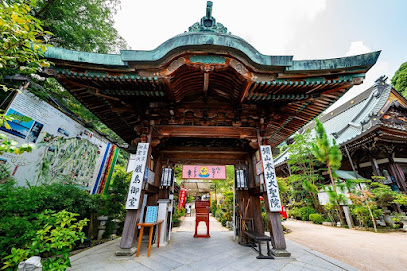
Mount Misen Observatory
Experience stunning views at Mount Misen Observatory, a serene escape in Hiroshima's breathtaking landscapes, perfect for nature lovers and adventurers alike.
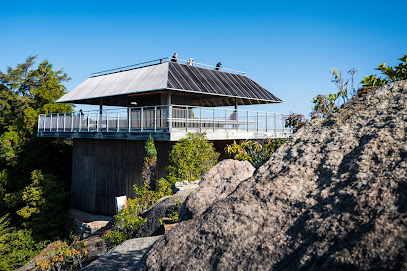
Hokokujinja Senjokaku Pavilion
Discover the serene beauty and rich cultural heritage of Hokokujinja Senjokaku Pavilion on Miyajima Island, a must-visit Shinto shrine in Hiroshima.
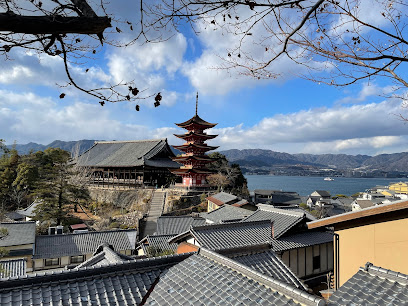
Itsukushima Shrine Five-Story Pagoda
Experience the spiritual splendor of Itsukushima Shrine's Five-Story Pagoda, a UNESCO World Heritage Site surrounded by nature and history.
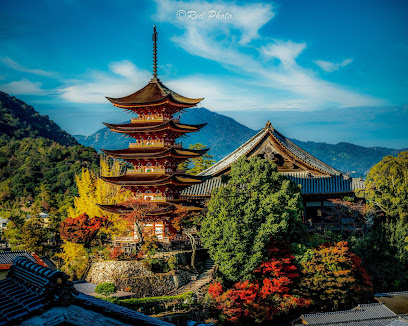
Kayatani Station
Experience the breathtaking views and serene nature of Kayatani Station, a must-visit mountain cable car journey in Miyajima, Japan.
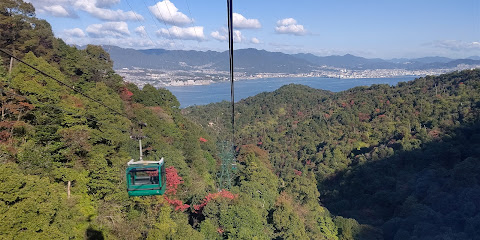
Miyajima History and Folklore Museum
Explore the vibrant history of Miyajima Island at the History and Folklore Museum, where local culture and tradition come alive through captivating exhibits.
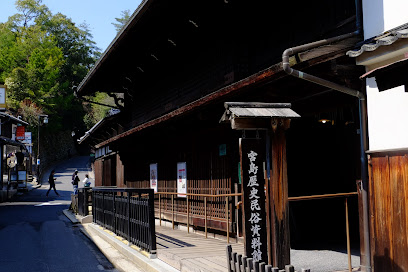
Omoto Park
Discover tranquility and natural beauty at Omoto Park, a hidden gem in Hiroshima perfect for leisurely strolls and family picnics.
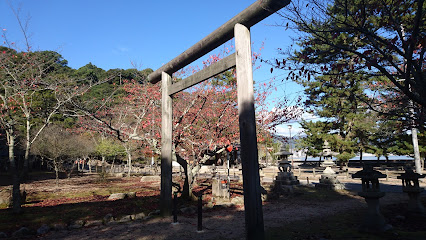
Essential places to dine
Yakigaki No Hayashi
Discover authentic seafood dining at Yakigaki No Hayashi in Miyajima - where fresh flavors meet traditional Japanese hospitality.
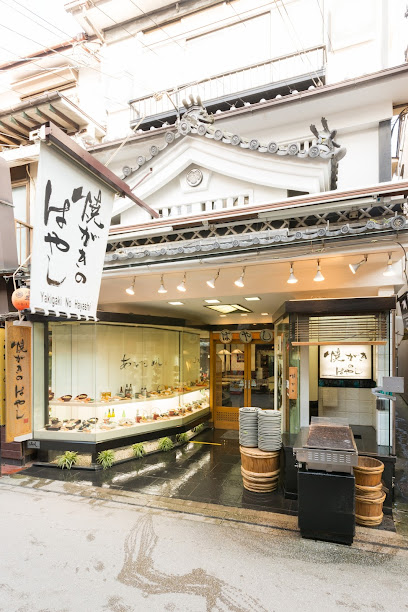
Mame-tanuki
Experience authentic Japanese cuisine at Mame-tanuki in Miyajima - where tradition meets flavor in every exquisite dish.

Anagomeshi (Conger Eel), Fujitaya
Savor authentic Anagomeshi at Fujitaya in Miyajima—where tradition meets exquisite culinary artistry amidst stunning views.
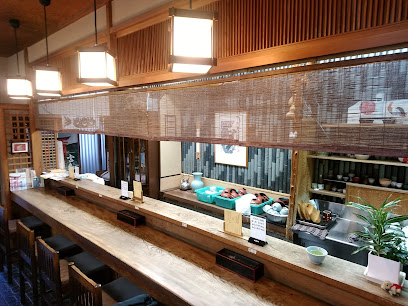
Kakiya
Experience authentic Japanese seafood at Kakiya in Hiroshima - fresh flavors, inviting ambiance, and culinary delights await you.
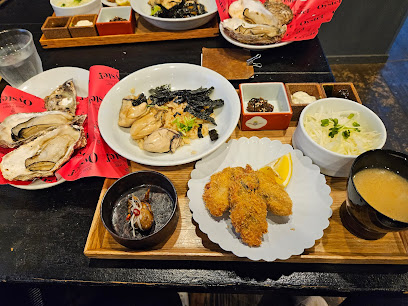
Miyajima Shokudou
Discover authentic Japanese dining at Miyajima Shokudou on scenic Miyajima Island, where every dish tells a story of tradition and flavor.
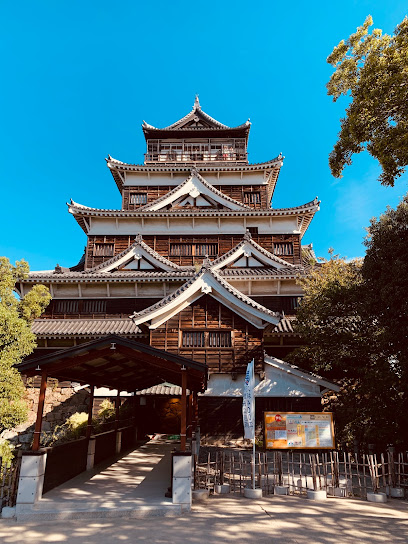
Miyajima Base
Discover culinary delights at Miyajima Base - where breathtaking views meet delectable dishes in Hiroshima's iconic destination.
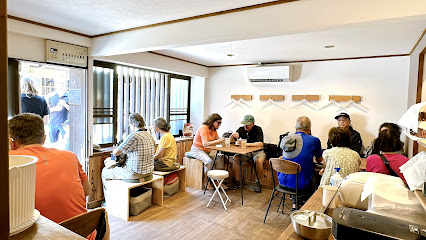
Niwa Cafe Miyama
Discover the unique flavors of Japan at Niwa Cafe Miyama - a modern izakaya restaurant offering coffee, cocktails, and delectable desserts.
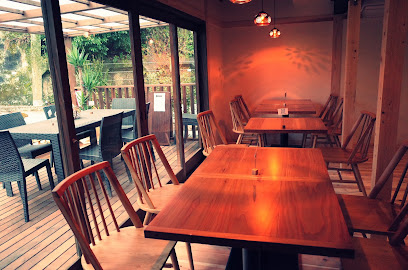
Miyajima Les Clos
Experience authentic Italian cuisine at Miyajima Les Clos, where every dish tells a story amidst stunning island views.
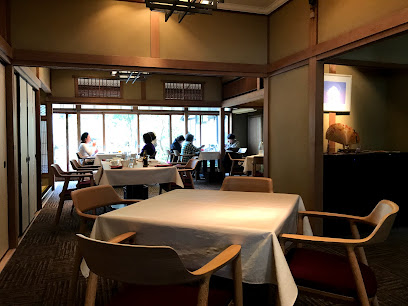
Restaurant Otani
Discover authentic Japanese flavors at Restaurant Otani on beautiful Miyajima Island - a perfect blend of tradition and taste.
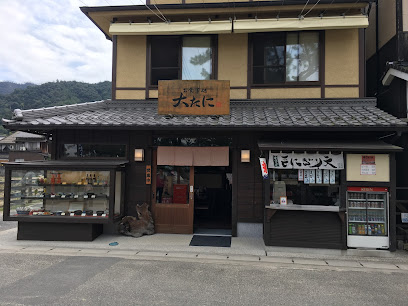
Mikotoya
Experience authentic Japanese cuisine at Mikotoya in Miyajimacho - a must-visit Syokudo and Teishoku restaurant for food lovers.
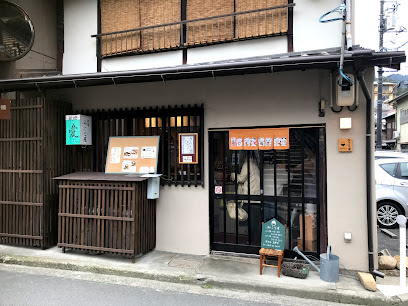
Markets, malls and hidden boutiques
TORIIYA
Explore Toriiya, the quintessential souvenir store in Miyajima, Hiroshima, offering handcrafted treasures and local delicacies that celebrate Japanese culture.
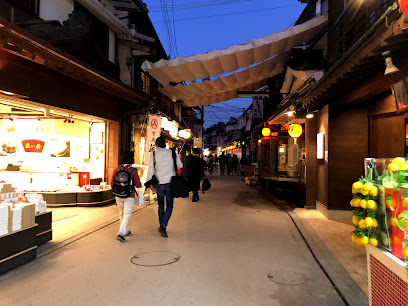
Itsukusimagekijo
Explore Itsukusimagekijo in Miyajima for unique souvenirs and traditional crafts that embody the spirit of Japan.
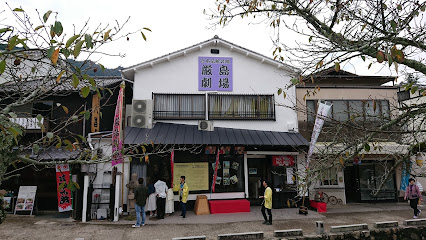
ビームス ジャパン 宮島
Explore Beams Japan Miyajima for a diverse selection of clothing and unique souvenirs that capture the essence of Japanese culture.
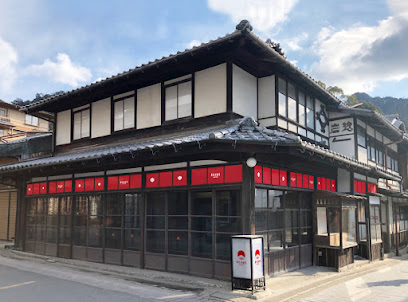
Funatsuki
Explore Funatsuki Souvenir Store in Miyajimacho for authentic Hiroshima crafts and unique treasures that capture the spirit of your travels.
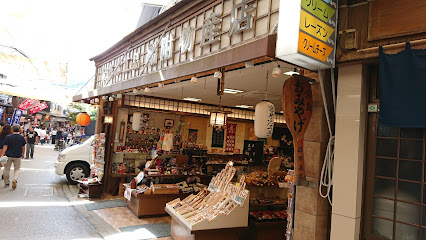
Yamamura
Discover unique souvenirs that encapsulate the essence of Hiroshima at Yamamura, your go-to souvenir store in Miyajimacho.
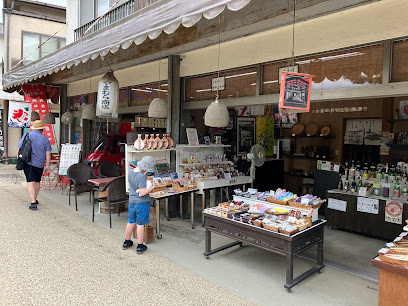
KIRARA Miyajima
Explore KIRARA Miyajima for unique souvenirs, local delicacies, and a glimpse into Japan's rich cultural heritage on beautiful Miyajima Island.
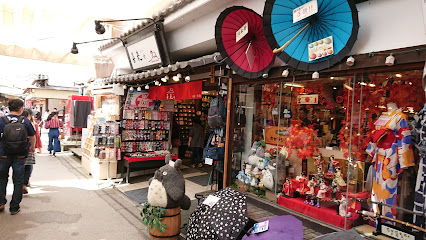
Japanese Souvenir Shop
Explore the Japanese Souvenir Shop for unique local crafts and authentic memorabilia that capture the spirit of Hiroshima and its rich culture.
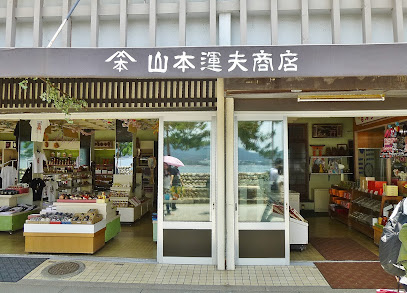
Fujiya
Explore Fujiya Souvenir Store on Miyajima for unique gifts and local delicacies that capture the heart of Japanese culture.
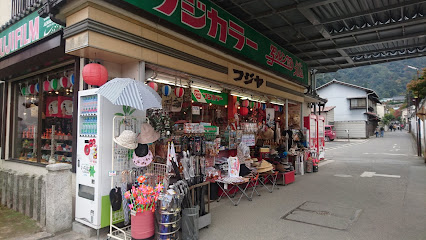
小野商店
Discover unique souvenirs at 小野商店 in Hatsukaichi, a charming store showcasing local craftsmanship and culture.
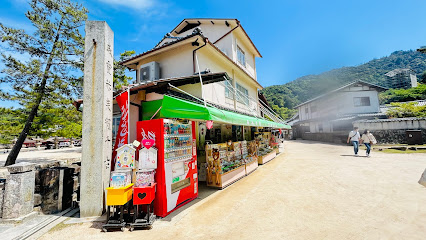
角落生物商店-宮島
Explore Kakurosubio Store in Miyajima for authentic local products and a warm shopping experience that embodies Japanese culture.
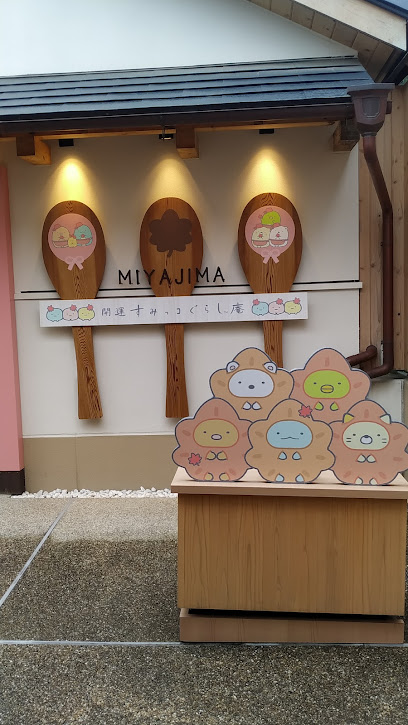
Essential bars & hidden hideouts
MIYAJIMA BREWERY(3階レストランは団体様のみ承り中)
Experience the essence of Japanese craft beer at Miyajima Brewery, where local flavors meet breathtaking views.
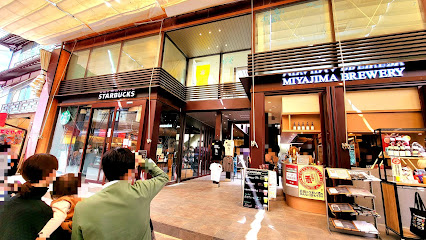
Niwa Cafe Miyama
Discover the flavors of Miyajima at Niwa Cafe Miyama, where modern izakaya dining meets a warm, welcoming atmosphere.
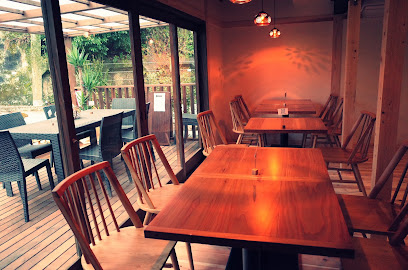
GEBURA
Experience the tranquil ambiance and delightful beverages at GEBURA, your perfect bar getaway in Miyajima, Hiroshima.
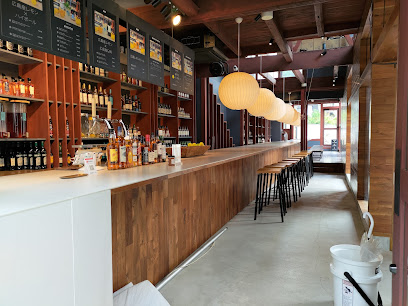
Miyajima BARL ISSAI
Experience the flavors of Japan at Miyajima BARL ISSAI, a culinary haven on beautiful Miyajima Island, offering exquisite dishes and stunning views.
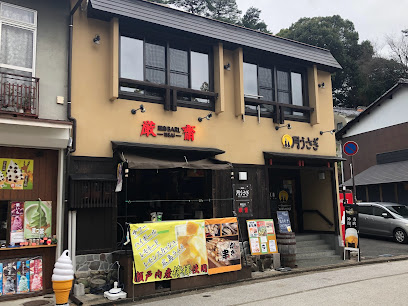
tuGiico
Discover the finest oysters at tuGiico, a charming oyster bar in Hatsukaichi, Hiroshima, offering fresh flavors and stunning coastal views.
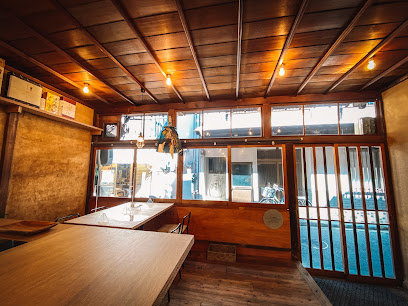
Charles Taproom
Experience the best of Hiroshima's pub culture at Charles Taproom, featuring a fantastic selection of craft beers and a warm, friendly atmosphere.
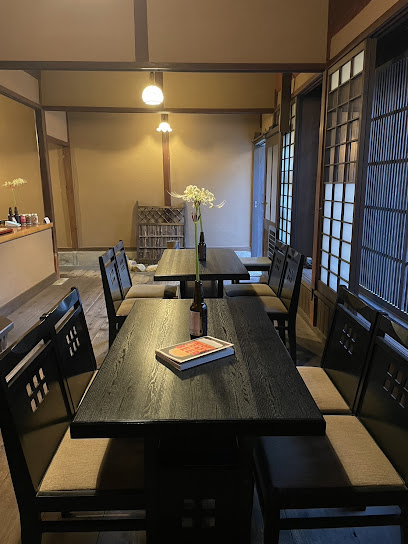
Sakuraya (Yakikaki)
Indulge in the freshest oysters and delightful yakikaki dishes at Sakuraya in Hiroshima's scenic Miyajimacho, a must-visit for seafood lovers.

GEBURA SISTER
Experience the heart of Hiroshima at GEBURA SISTER, where exceptional drinks and local culture come together in a cozy bar setting.
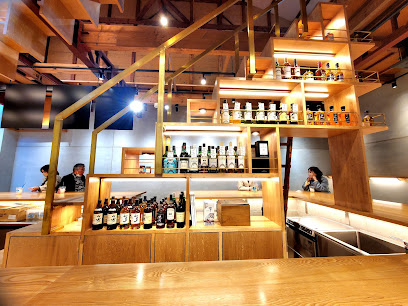
Kura Vitto
Discover the flavors of Miyajima Island at Kura Vitto, a cozy grill and café offering local cuisine and stunning views.
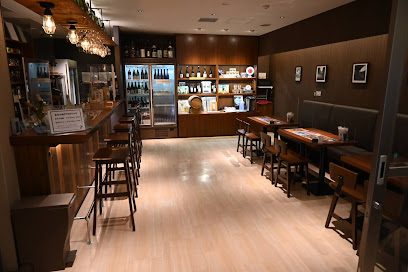
ゲストラウンジ&テラス こもLe美
Discover tranquility and stunning views at the KomoLeBi Lounge and Terrace in Hatsukaichi, a perfect retreat for tourists exploring Miyajima.
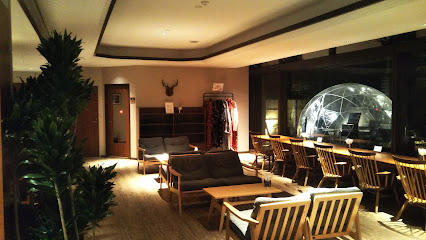
Local Phrases
-
- Helloこんにちは
[konnichiwa] - Goodbyeさようなら
[sayonara] - Yesはい
[hai] - Noいいえ
[iie] - Please/You're welcomeどうぞ
[douzo] - Thank youありがとう
[arigatou] - Excuse me/Sorryすみません
[sumimasen] - How are you?お元気ですか?
[ogenki desu ka?] - Fine. And you?元気です。あなたは?
[genki desu. anata wa?] - Do you speak English?英語を話せますか?
[eigo o hanasemasu ka?] - I don't understandわかりません
[wakarimasen]
- Helloこんにちは
-
- I'd like to see the menu, pleaseメニューを見せてください
[menyuu o misete kudasai] - I don't eat meat肉を食べません
[niku o tabemasen] - Cheers!乾杯!
[kanpai!] - I would like to pay, pleaseお会計をお願いします
[okaikei o onegaishimasu]
- I'd like to see the menu, pleaseメニューを見せてください
-
- Help!助けて!
[tasukete!] - Go away!去ってください!
[satte kudasai!] - Call the Police!警察を呼んでください!
[keisatsu o yonde kudasai!] - Call a doctor!医者を呼んでください!
[isha o yonde kudasai!] - I'm lost道に迷いました
[michi ni mayoimashita] - I'm ill具合が悪いです
[guai ga warui desu]
- Help!助けて!
-
- I'd like to buy......を買いたいです
[... o kaitai desu] - I'm just looking見てるだけです
[miteru dake desu] - How much is it?いくらですか?
[ikura desu ka?] - That's too expensiveそれは高すぎます
[sore wa takasugimasu] - Can you lower the price?値段を下げてもらえますか?
[nedan o sagete moraemasu ka?]
- I'd like to buy......を買いたいです
-
- What time is it?今何時ですか?
[ima nanji desu ka?] - It's one o'clock一時です
[ichiji desu] - Half past (10)十時半
[juuji han] - Morning朝
[asa] - Afternoon午後
[gogo] - Evening夕方
[yuugata] - Yesterday昨日
[kinou] - Today今日
[kyou] - Tomorrow明日
[ashita] - 1一
[ichi] - 2二
[ni] - 3三
[san] - 4四
[shi] - 5五
[go] - 6六
[roku] - 7七
[nana] - 8八
[hachi] - 9九
[kyuu] - 10十
[juu]
- What time is it?今何時ですか?
-
- Where's a/the...?...はどこですか?
[... wa doko desu ka?] - What's the address?住所は何ですか?
[juusho wa nan desu ka?] - Can you show me (on the map)?(地図で)見せてもらえますか?
[(chizu de) misete moraemasu ka?] - When's the next (bus)?次の(バス)はいつですか?
[tsugi no (basu) wa itsu desu ka?] - A ticket (to ....)(...)への切符をください
[(...) e no kippu o kudasai]
- Where's a/the...?...はどこですか?
History of Miyajima Island
-
Miyajima Island, known as Itsukushima, has been a sacred site for centuries, with its history intertwined with Shinto beliefs. The island is dedicated to the deity of sea and storms, and its famous *Torii* gate, which appears to float on water during high tide, is a symbol of this spiritual connection. The island has been a pilgrimage destination since the Heian Period (794-1185), reflecting the deep reverence that locals and visitors have for its natural beauty and spiritual significance.
-
The Itsukushima Shrine, built in 1168, is a UNESCO World Heritage Site and a prime example of ancient Japanese architecture. Commissioned by Taira no Kiyomori, a powerful warlord, the shrine was constructed over the water to honor the gods, blending seamlessly with the island's natural landscape. This architectural style set a precedent for future shrine constructions and remains a focal point of Miyajima's cultural heritage.
-
During the Edo Period (1603-1868), Miyajima flourished as a center for culture and religion. The island became a popular destination for the samurai class and wealthy merchants who sought to experience its beauty and spirituality. The proliferation of temples, shrines, and cultural practices during this time solidified Miyajima's status as a national treasure, contributing to the development of its unique local culture, including traditional crafts and festivals.
-
Miyajima, like much of Japan, faced significant challenges during World War II. Though the island itself was not a military target, the war impacted the local economy and cultural practices. Many residents were displaced, and the shrine was temporarily closed. Post-war, efforts were made to restore the island's cultural sites and revive its tourism industry, which had been a critical part of its economy.
-
Today, Miyajima Island is a vibrant cultural hub that attracts millions of visitors each year. Festivals such as the Miyajima Water Fireworks Festival and the Itsukushima Shrine's annual rituals celebrate the island's rich heritage. The island is also known for its local cuisine, including *momiji manju* and grilled oysters, which reflect the culinary traditions of Hiroshima Prefecture. Efforts to preserve its natural and cultural environments continue, highlighting the ongoing importance of Miyajima in Japan's cultural landscape.
Miyajima Island Essentials
-
Miyajima Island is easily accessible from Hiroshima city. To reach the island, take a train from Hiroshima Station to Miyajimaguchi Station, which takes about 30 minutes. From Miyajimaguchi, a short ferry ride of about 10 minutes will take you directly to Miyajima Island. Ferries run frequently throughout the day, and the views of the Seto Inland Sea are a highlight of the journey.
-
Miyajima Island is compact and can be explored on foot. Most of the main attractions are within walking distance. There are also options for renting bicycles to explore the island at a leisurely pace. For those wanting to venture further, local buses connect to various sites, including the cable car station for Mount Misen.
-
Miyajima Island is considered very safe for tourists. The crime rate is low, and violent crime is virtually non-existent. However, standard travel precautions should be taken. Avoid leaving valuables unattended, especially near crowded areas like the ferry terminal or shopping streets.
-
In case of an emergency, dial 110 for police or 119 for fire and ambulance services. The local hospital is located on the island, and a few clinics can handle minor health issues. It is advisable to have travel insurance that covers medical emergencies.
-
Fashion: Do wear comfortable shoes suitable for walking. When visiting shrines, dress modestly. Religion: Do be respectful at religious sites and follow local customs, such as removing shoes. Public Transport: Do be polite and queue for the ferry. Don't eat or drink on public transport. Greetings: Do greet locals with a polite bow or nod. Eating & Drinking: Do try the local specialty, 'Momiji Manju', and don't waste food as it's considered disrespectful.
-
To experience Miyajima Island like a local, visit the small shops that sell handmade crafts and local delicacies. Participate in the traditional rituals at Itsukushima Shrine, and try to catch the sunset behind the famous torii gate for stunning photographs. Engage with local residents, who are often happy to share stories about the island's history and culture.
Nearby Cities to Miyajima Island
-
Things To Do in Fukuoka
-
Things To Do in Osaka
-
Things To Do in Busan
-
Things To Do in Ulsan
-
Things To Do in Nara
-
Things To Do in Kyoto
-
Things To Do in Gyeongju
-
Things To Do in Pohang
-
Things To Do in Daegu
-
Things To Do in Andong
-
Things To Do in Nagoya
-
Things To Do in Suncheon
-
Things To Do in Kanazawa
-
Things To Do in Daejeon
-
Things To Do in Jeonju











